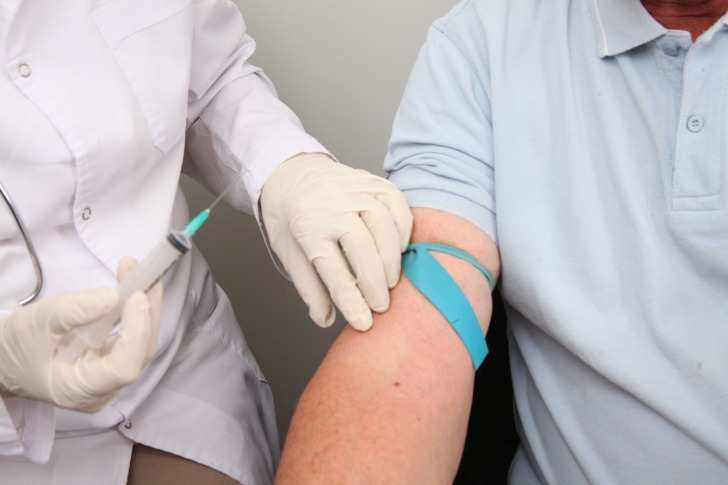If you’ve experienced a few random and unpleasant sensations due to something you ate, smelled, or touched, then you might have been advised to go for an allergy test.
You’re probably curious about the whole process, and if you’re the inquisitive type, you might be wondering what to expect. Luckily, medical experts and allergists have taken the time to explain the allergy testing process as well as the types of tests.
Why Allergy Testing Is Needed
Allergies occur when the immune system identifies a typically harmless substance such as dust mites, pollen, fragrance, or a particular food, as a threat. As a result, the body releases chemicals known as histamines that can cause different allergic reactions such as a runny nose, sneezing, hives, rashes, or in severe cases, asthma attacks and even death.

Allergic reactions include congestion, a runny nose, and asthma attacks. Source: Unsplash
If you’ve experienced anything similar to those conditions, allergy testing can determine if your symptoms are actually a result of an allergy or just a sensitivity to some substance. Food sensitivity is different from an allergy because it’s not necessarily as dangerous. Food sensitivity occurs when what you consume disturbs the digestive system.
Common Allergy Tests
During the appointment with the allergist for a test, the doctor will make use of important details like your reactions and the substances you came into contact with. They will also check your medical history to know the type of test that will be best.

An allergist checks medical information to provide guided testingto avoid testing for everything.
Source: Pexels
The most common types of allergy testing include:
Blood Test
In this test, the doctor takes blood from the arm and sends it off to a lab. There, they measure the number of antibodies for specific allergens. It usually takes a few days to know the results of a blood test.

Blood tests are taken to discover the number of Immunoglobulin E antibodies.
Source: PxHere
Skin Test
A skin test is one of the quickest ways for allergists to diagnose an allergy. First, they clean the testing area on the skin before gently inserting a tiny dose of a potential allergen. If there’s indeed an allergy, you’ll develop a tiny bump on the spot. Results can be procured in 15 minutes.
Patch Test
This type of test is taken if the doctor suspects an allergy to chemicals. The doctors will place a patch that has the potential allergens somewhere on your back. They’ll leave it there for 48 hours, after which it will be removed, and the spot will be searched for allergy symptoms.




